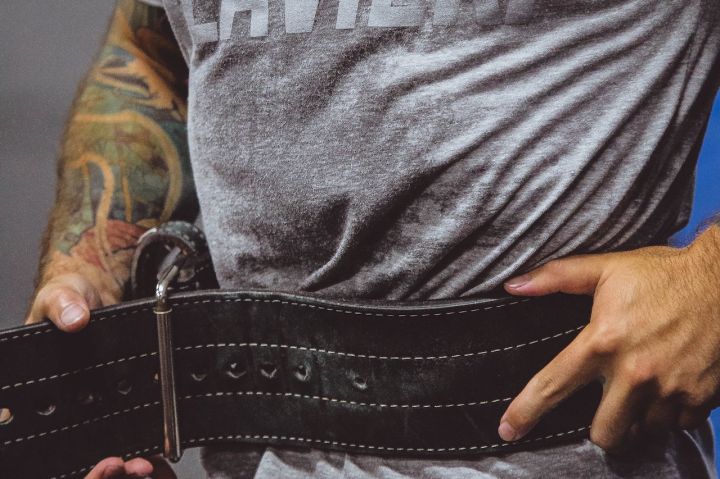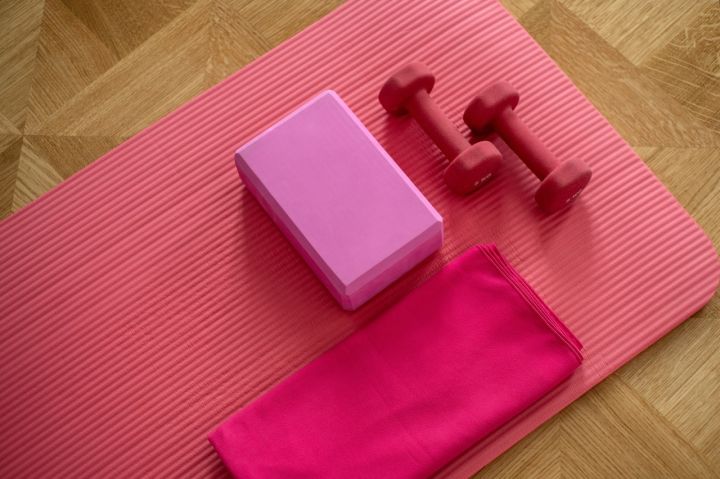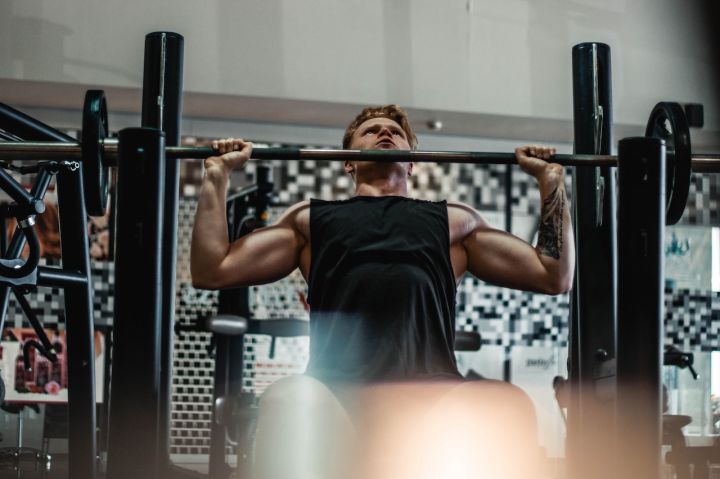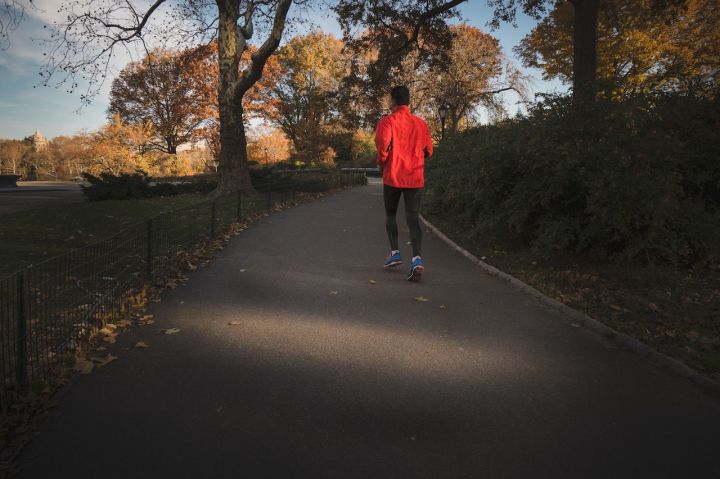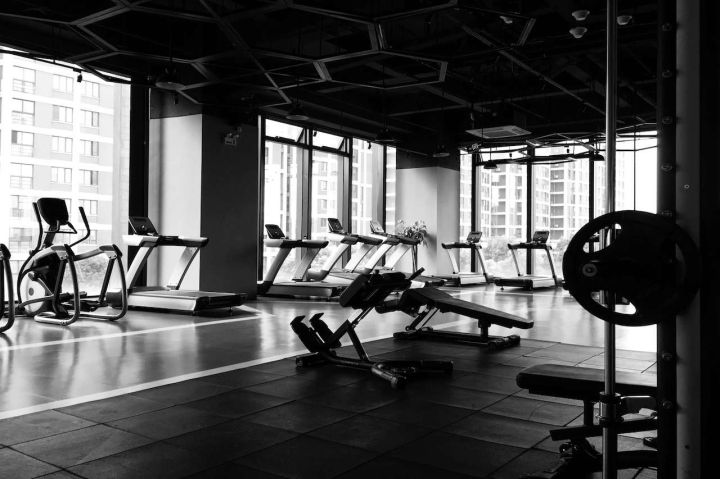in the self media, we often see some bloggers who are trying to make a name for themselves or really want to teach, often teaching some "Fancy" Moves.

The comments section is often mixed on these types of moves. In my opinion, everything in the world is for me, but not for me. There's no need to rush to dismiss something, just in case it does work for me.
Especially once our muscles have become very accustomed to some regular stimulation, it is not a bad thing to have some fancy and cold movements as appropriate.

the five shoulder movements mentioned below are ones you've probably never heard of. There are even some moves that when i first encountered them, i wanted to say, "Do you think i'm stupid? But it is only after trying them that you will realise how different it is. Whichever one you choose, it will definitely make you feel uncomfortable. But isn't that what you need?
1. Reverse grip bench press
if barbell and dumbbell bench presses are boring you, then it's time to make a change. Of course, there's nothing wrong with traditional push-ups, they're efficient and effective and allow you to lift very heavy weights. But as time goes on, something different is needed in the movements. Maybe you are at a point where you don't want to change but need to.

if you are experiencing discomfort and pain because you have had an impact on your shoulder or for other reasons. Bench pressing (especially when using dumbbells) places the shoulder joint in an injury prone position of external rotation. In the long run, this can cause severe wear and tear on said joint, thus increasing the potential danger of the bench press.
The reverse grip bench press is a good alternative. The elbow functions in a neutral position, reducing the external rotation stress placed on the shoulder and making it easier to control. Hold the barbell in a reverse grip with a grip as wide as or slightly wider than shoulder width. Place the barbell in the proper position, similar to the highest point of a curl movement, with the elbows forward.

when pushing the barbell, avoid using any momentum from the legs, hips or lower back. At the highest point of the movement, raise the barbell in front of your body rather than directly overhead, this will prevent stress on the shoulder joint, slowly lowering the barbell downwards.
2. Barbell side planks
if you want wider shoulders, you need to work on the middle deltoid bundle and the best move for this is to do boring side planks. The thicker the mid-bundle, the wider the shoulders, right? But side planks are like training biceps, and they get boring very quickly.
Then there's movement form. Very few lifters can do side planks properly. Instead of training carefully and methodically for the target area, they do them randomly.

the point of the movement is simple: Lighten the load and do the movement with discipline.
Another movement worth trying is the barbell side planks. Grasp the centre of the barbell and keep it balanced in your hands. Place the barbell just to the side of your body and lift the barbell directly to your side until it is at shoulder level and parallel to the floor. The fact that the middle deltoid bundle has to fire to keep the barbell balanced and in a straight line will eventually promote muscle growth.

3. Reverse grip t-bar chest press
the t-bar is a versatile and versatile piece of equipment. With its simple design and versatile use, it can be used in multiple movements when training muscles and strength. If you are unfamiliar with it, i suggest you give it a try in a hurry.
The t-bar is a 45lb bar with a sleeve at one end which is part of a base plate mounted on the floor. The other end is free to move in any direction, just like the shoulder joint.
To do a reverse grip t-barbell chest press, face the bar and hold one end in your hand. If you have added the dumbbell piece to one end of the barbell, make sure you stand far enough in front so that the barbell piece does not touch you. Grip firmly (fingers and thumb around the bar), elbows forward, and lift the bar overhead.

this is a unilateral movement, so complete all movements on one side before switching to the other. At the same time, stand with your feet crossed to stabilise your body.
4. Dumbbell piece/kettlebell side planks
the dumbbell side planks are just as boring as the curls. Very few guys start out doing this movement correctly, with irregular posture and incorrect weight and speed of movement.
An obvious mistake is to borrow force at random. This can largely turn the movement into a strength exercise rather than one that actually trains the muscles. One way to avoid this is to use an unstable load.

dumbbell pieces (preferably with handles) or kettlebells can give an unstable effect. Just like with the side planks, when lifting a weight, the deltoids must use extra strength to control, slow down the momentum and stabilise the weight throughout, which creates an incredibly unique tension in the muscle.
Key points to remember: Don't throw the weight upwards, use a lighter weight than a dumbbell and keep the barbell piece or kettlebell completely under control throughout the movement. Aim to do more reps to develop a conditioned reflex for correct movement.

5. Wide grip pull down
the development of the posterior deltoid is important for a well-proportioned body. In addition to this, it is also key to strength and functional balance. The posterior deltoid bundle is often forgotten in push-up and side planks based shoulder training and is therefore often a weak point for many of our little ones.
There are also fewer moves that can be chosen to train the deltoids, including reverse flyes and dip side planks, so it's no wonder that many people just put them in the alternatives and forget to add them to their training program for proper execution. But there is hope, and with a little creativity and focus, some new tricks can be found in the arsenal of shoulder movements.

doing wide grip pull downs with the elbows perpendicular to the upper body is a good place to start. Because the elbows are outwards and the grip is wider, most of the pressure is applied to the upper back, especially the posterior deltoid. In addition, more pressure can be added by building thought and muscle connection.
Keep your shoulders extended as if you were shrugging them upwards. Maintain this shoulder position as you pull the barbell down and squeeze the posterior deltoid bundle. As you pull, imagine a rope tied to each elbow to help prevent the biceps from firing too much.

as you pull down, the grip movement tracks in a straight line with your eyes. Lower the weight slowly, without moving your shoulders. This movement has a short stroke, but is very effective in building muscle and building strength.
Cold shoulder movements
exercise movement number of sets number of reps
one arm barbell lateral planks 4 8-12
(alternating unilateral without rest)
reverse t-bell chest press 4 8-12
(unilateral alternating without rest)
reverse grip barbell bench press 3 10-12
kettlebell lateral raises 3 10-12
wide-grip pull-down 3 10-12

the above movements are not something we would recommend a novice to try as you will find they are all progressions to the basic movements. Compared to the dumbbell side planks, the barbell places further demands on our control and wrist stability. If you can't do a few of these with a front grip, don't "Hurt" Yourself with a reverse grip.

